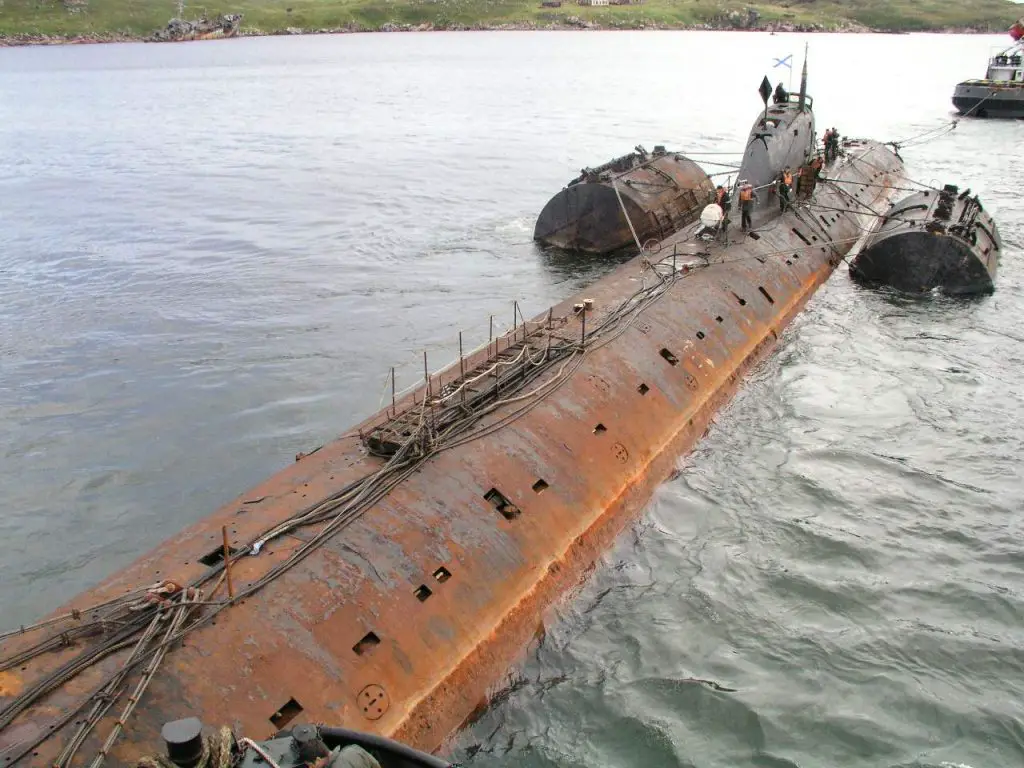Standing on the battlefield like a timeless sentinel, Old Leanach cottage looks over the battlefield where, in 1745, the Jacobite dream of restoring the Stuarts to the throne ended as the Jacobite army was decisively routed by a British government force.
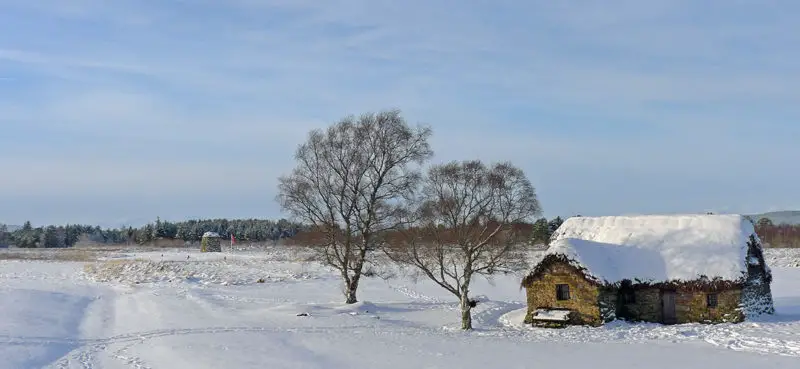
At one time the landscape of Scotland was peppered with small cottages with thatched roofs occupied by small farmers often on the estates of wealthy landlords.
Contents
Gradually most were abandoned by the 1800s but one house still standing near the village of Culloden in Scotland, three miles east of Inverness, has a long history to tell.
It is believed Leanach Cottage was built in the early 1700s and ended up right in the middle of the Battle of Culloden during the Jacobite uprising of 1745 and 1746.
Standing on the battlefield between the Jacobites who supported the mostly Catholic Stuart line of succession to the British throne verses the mostly Protestant House of Hanover, a feud that had begun in 1603 when Queen Elizabeth I died with no legal heirs and her cousin James Stuart I of Scotland inherited her throne.

Into Battle
Eventually the two armies met and faced each other at Culloden.
The landscape and terrain gave the Duke of Cumberland’s vastly superior force the upper hand and they had the full advantage.
The ferocious battle lasted 60 minutes, during that brutal hour, artillery and mortars were fired directly in to the ranks, decimating all those who were unfortunate enough to be the way.
Ranks of Jacobite were hit hard with high casualties from volley after volley from near point blank range by the regiments of the government.
The Jacobites that were left standing used the battlefield shock tactic, the Highland Charge. It was used by Scottish Clans to break through enemy lines, it failed with those that did break through were shot. This was the last ever Highland Charge made in battle.
Estimations suggest that up to 2000 Jacobites were killed or wounded with government forces suffering 300 killed or wounded. This crushing defeat effectively ended the Jacobite Uprising.
Outlander

Being in what was effectively no man’s land, it is believed to have been used as a field hospital. During her research for the series of books and Netflix hit Outlander, Diana Gabaldon read a passage that stated, ‘that after two days, the wounded soldiers of the Jacobites were taken outside and shot, except one man, “a Fraser of the Master of Lovet’s regiment” who survived the executions.
Last Battle
According to historic-uk.com, the battle was the last major battle on British soil and lasted less than an hour finally defeating the vastly outnumbered Jacobites and their cause.
The cottage, which has stone walls and a thatched heather roof, was believed to be surrounded by several outbuildings including a barn which was burnt by the Hanoverian forces while about thirty wounded Jacobites were inside.
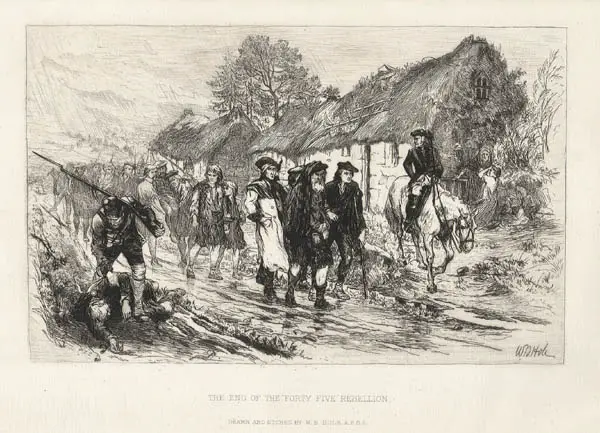
Cullodenbattlefield.com tells us there was intermittent residence of the cottage and several tenants made serious alterations. In the 1860s the entire west end of the structure was removed leaving the cottage in a L shape. Not long after the building was abandoned and fell into disrepair.
In 1881 Duncan Forbes, a Scottish businessman, reconstructed the cottage while he built memorials on the battlefield to honor those of his clan and others who were buried there.
Forbes also built a memorial cairn on the battlefield which reads, “The Battle of Culloden was fought on this moor 16th April, 1746. The graves of the Gallant Highlanders who fought for Scotland and Prince Charlie are marked by the names of their clans” referring to the many clan headstones Forbes had erected.
At the beginning of the 20th century the house was occupied by Bella MacDonald, two of her grandchildren and her sister Christine until Bella’s death in 1912. Again the the cottage was again abandoned and fell into disrepair.
In 1924 the Gaelic Society of Inverness and architect Thomas Munro replaced the original roof with one that was much shallower. The Gaelic Society maintained the property until they ran out of funds and many problems, including vandalism, with the cottage remained.
WW2
During WW2 the land was owned by Hector Forbes who donated it to the National Trust for Scotland and it was made the first visitors center for the battlefield in 1961.
Minor improvements were made and the thatched roof was replaced with heather growing on the battlefield and restored to its original pitch. In the 1980s period style furniture was put into the house and it was reopened to the public.
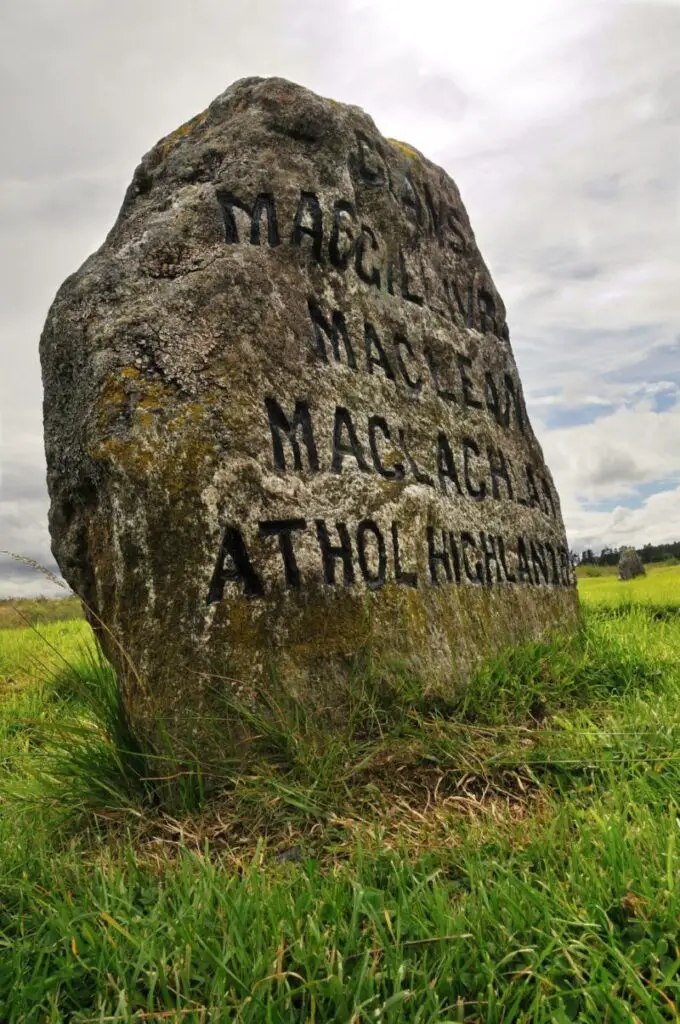
It remained as a visitor center until 2007 when a more modern facility with a small museum was opened. The cottage was closed to the public because of a severe storm that caused water damage in 2015 but the National Trust for Scotland was able to reopen the facility.
In 2021 an archaeological dig was begun to establish the exact lines of the battlefield due to modern construction of executive homes being built and encroaching the battlefield.
Raoul Curtis-Machin, operations manager at Culloden, remarked, “The problem is that we have been besieged by planning applications for further developments on land on all six sides of Culloden. If this sort of thing continues, then we will be hemmed in and will end up looking like Central Park in Manhattan and that would be wrong. By putting something there that is so out of place, it becomes incredibly difficult to experience history in a meaningful way.” according to the guardian.com
If you like this article, then please follow us on Facebook and Instagram
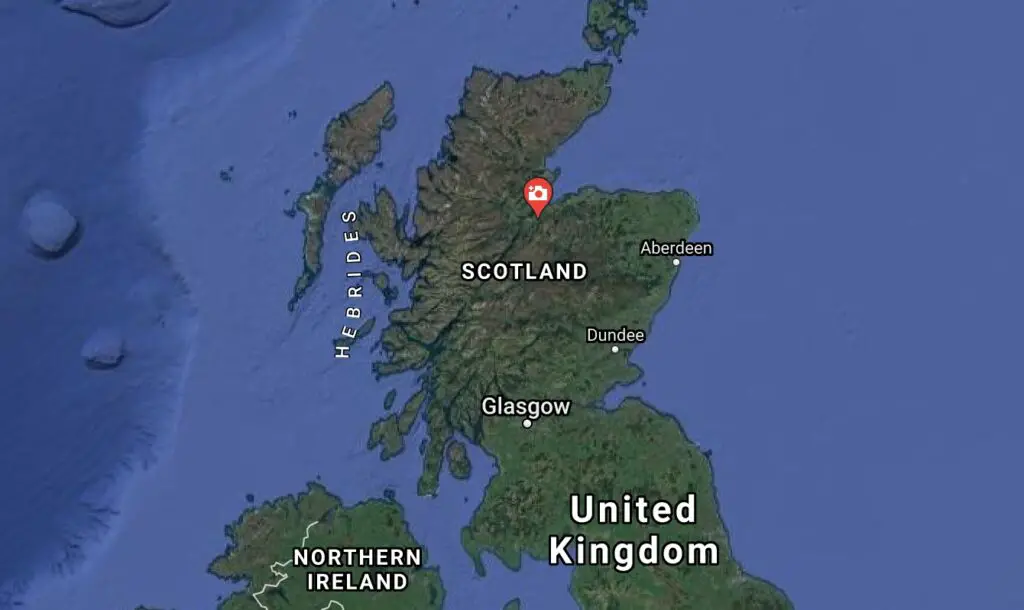
Ancestors
The comments section of an article on formative cullodenbattlefield.com is a fascinating read as it has quite a few descendants of the many who occupied the dwelling at one time including names such as McKenzie, Mc Donald, Cameron, and Munro. Some examples being:
Elizabeth McGee
I am interested in this article as our grandfather William Munro was said to have been born there. That would have been the early part of the 1900’s now that we are in 2018!
Can anyone advise as how to confirm this? I have a newspaper article which I can scan, thanks.
Stewart Young
Hi does John Cameron have anything to do with a Ann Cameron my great grandfather was born in the kings stables (Thomas William brooskbank 1879 )by the time he was 10 he lived in leanach cottage there were 2 Ann camerons there mother and daughter I think .
And:
Jayne Nevin
The 1881 census shows my GGG grandparents The McKenzies living at “Leanach cottage” in 1881. I’ll be visiting in May…cant wait!
Another Article From Us: Roman Stadium Buried for 2000 Years
Pauline
Hi, I too are a descendant of the McKenzie / Mc Donald family that lived at Leanach farm. Great great grand father William McDonald and his wife (nee) Margaret Mc Kenzie. Interested in finding out more on this family. McKenzie and McDonald are in both sides of the family. I also have Coplen, Frasers and Sutherlands.


